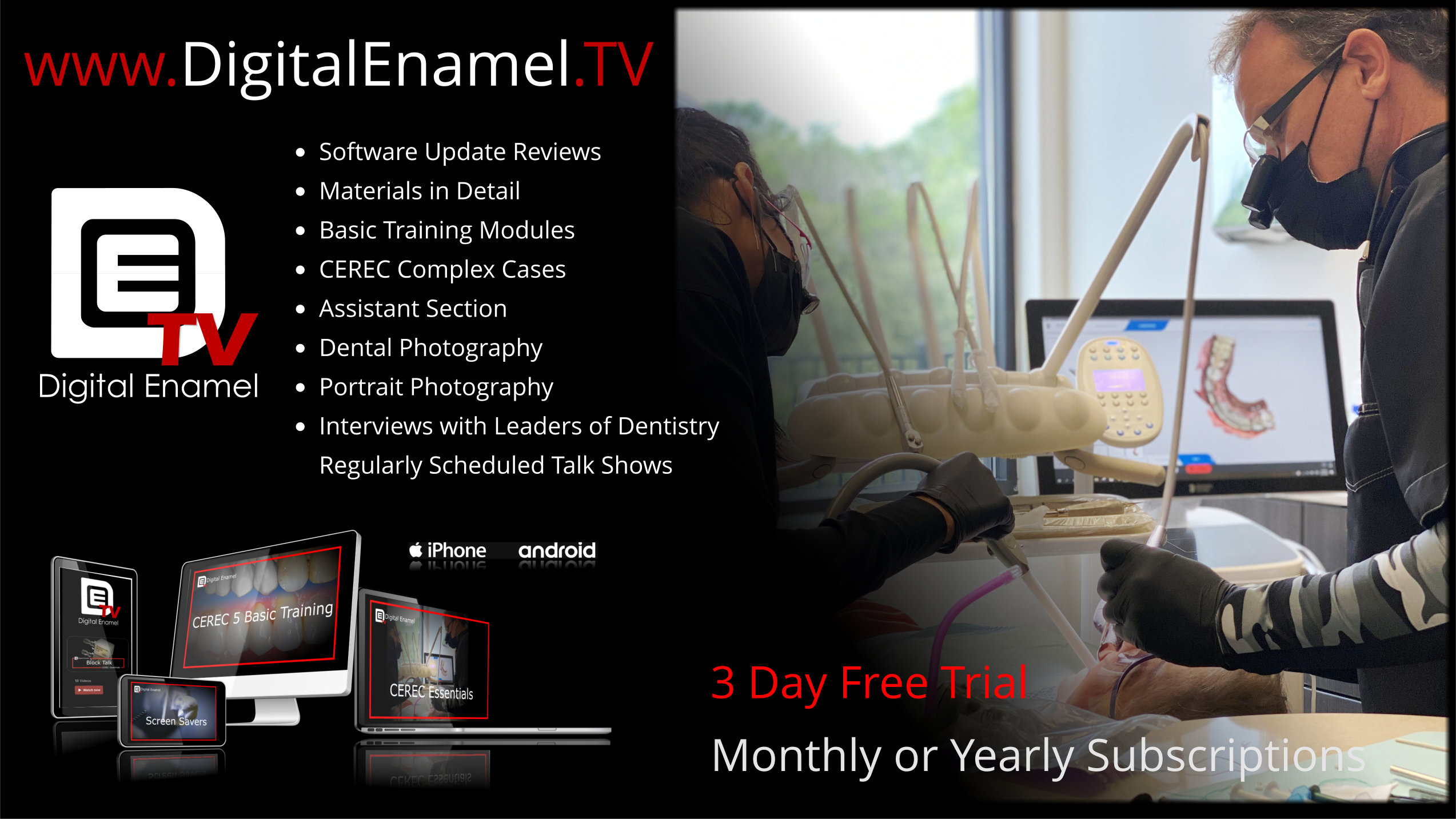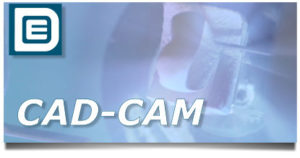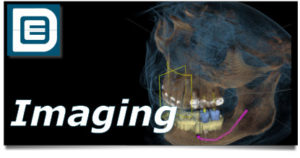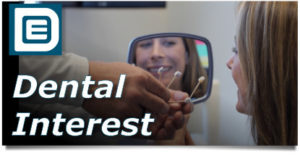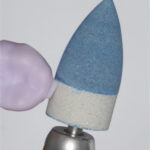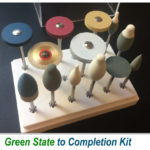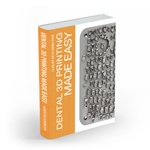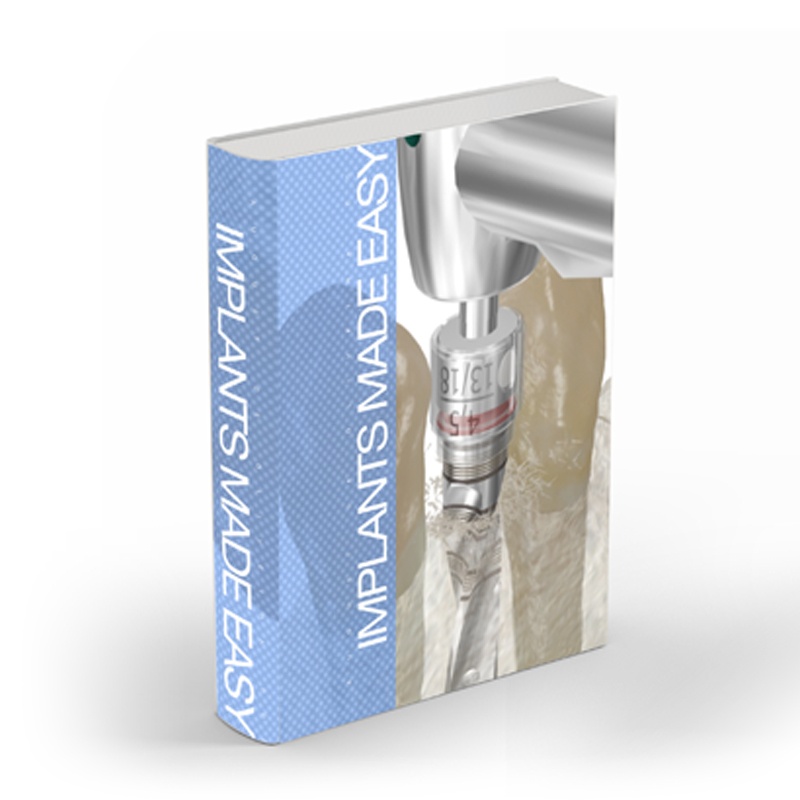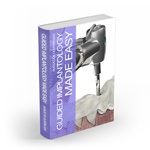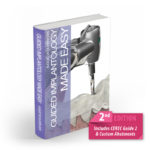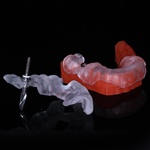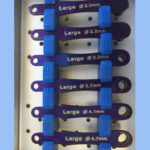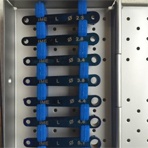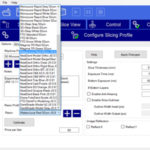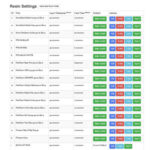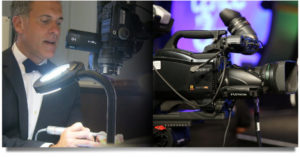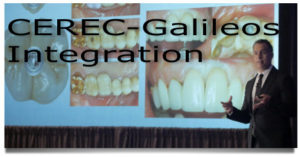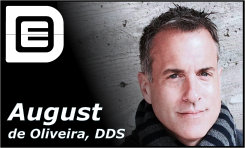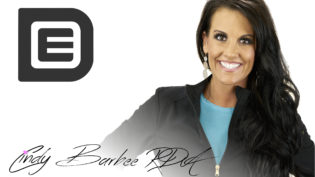Difficult, Exacting & Unreasonable Patients

We know that running a successful dental practice can be very demanding and tedious. The amount of time to fine tune a practice seems constant and never-ending. We try to establish “systems” that we implement so that our offices function flawlessly. However, we do have circumstances that arise occasionally that are beyond our control, specifically running behind schedule. Studies have shown that running behind schedule is probably the top stressor in our practices, with treating difficult and unreasonable patients a close second. We all have difficult and unreasonable patients. They can make your life miserable at the office and outside the office (obsessing on the conflict), make you experience “butterflies” in the pit of your stomach, and ruin a perfectly great day if you let them.
So, what do we do? Are there tools we can use to lessen these conflicts?
Fortunately, we have techniques that can lessen the tension. The first step is to first identify what exactly is the issue. The following outline can help you listen to what the patient is exactly upset about, recognize your reaction (or lack thereof) and how it affects the situation, consider your response, and learn to always maintain patient-doctor boundaries. The following outline shows one how to identify and resolve conflict:

Management of Difficult & Unreasonable Patients
- Try to recognize negative emotional reactions in yourself (dentist).
- Identify what is difficult about an interaction with the patient.
- Clarify role expectations between dentist and patient.
- Collaborate with the patient to enhance compliance.
- Use effective communication skills, empathetic consideration of the patient’s viewpoint, and acknowledgement of the patient’s feelings.
- Maintain dentist-patient boundaries.
A counselor friend of mind reminds me that often times when dentists confront fear, conflict, and stress that “Our thoughts are irrational, our emotions are unmanageable, and our actions are self-defeating.” This is exactly why we must have a plan to deal with stressful patient situations. One technique that can be used for solving patient conflict is called the B.A.T.H.E. Technique.

B.A.T.H.E. Technique
(Reducing Stress When Dealing With Difficult/Angry Patients)
B: Assess the Background (B) of the problem. What is the patient experiencing today?
A: Try to understand the Affect (A) or emotion evoked by the problem.
T: Focus on what specifically Troubles (T) the patient to determine the patient’s
perception of the problem.
H: Note how the patient is Handling (H) the problem.
E: Show Empathy (E) and acknowledge feelings.
In closing, Good Luck! Conflict resolution is usually not an inherent ability of most dentists. It definitely is a learned technique.
